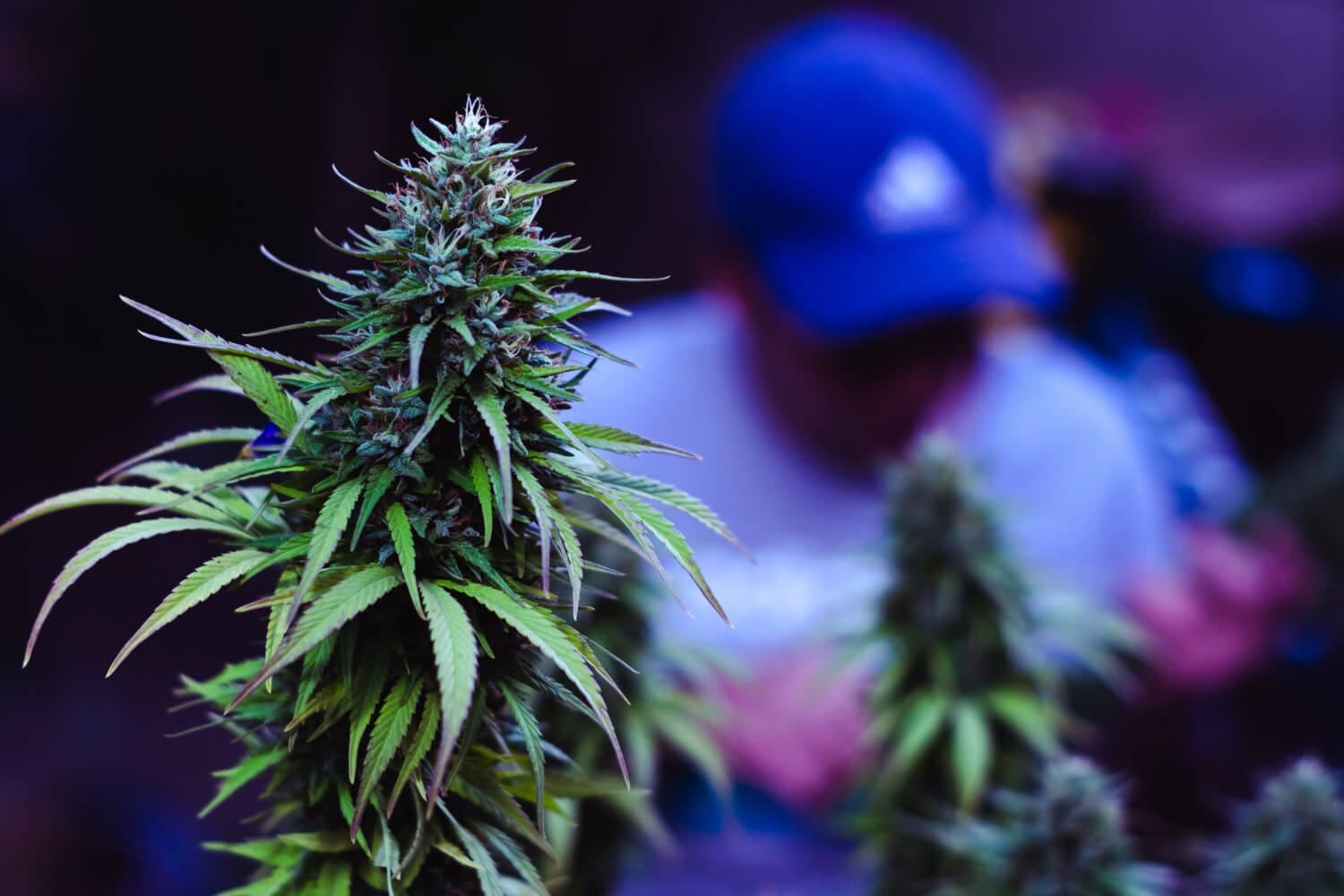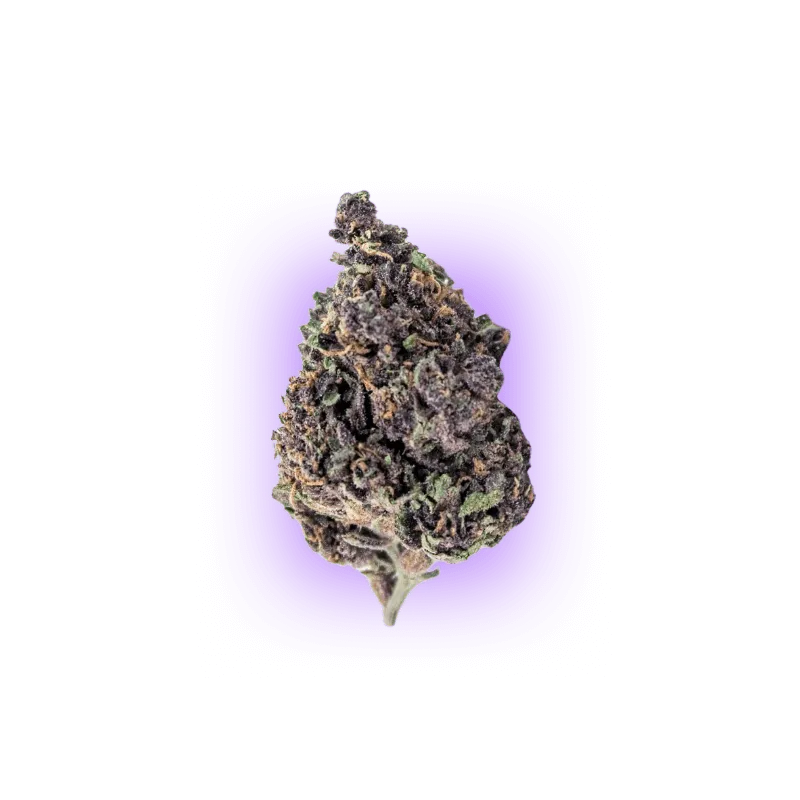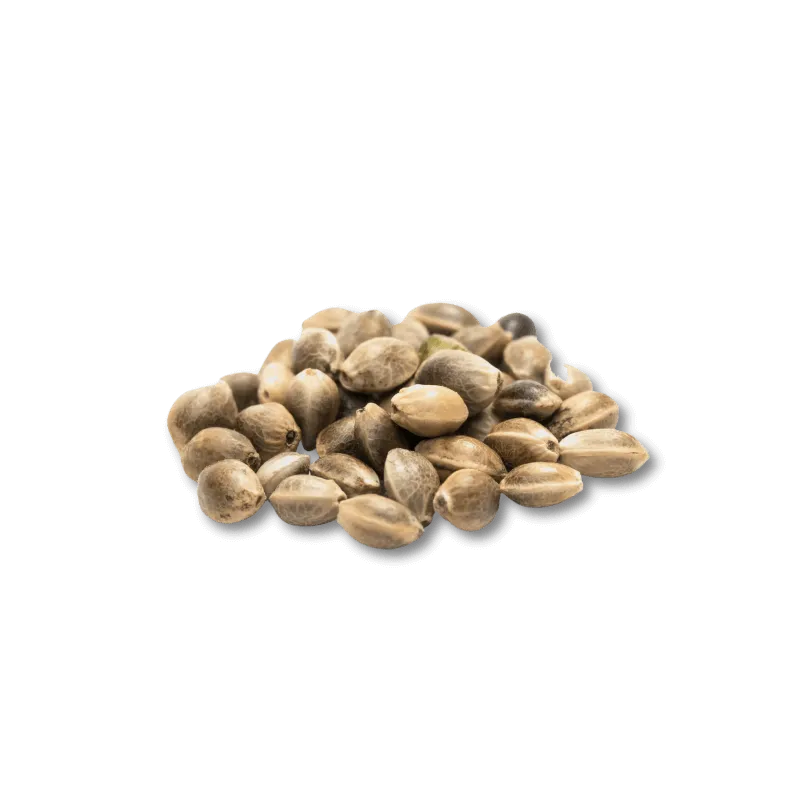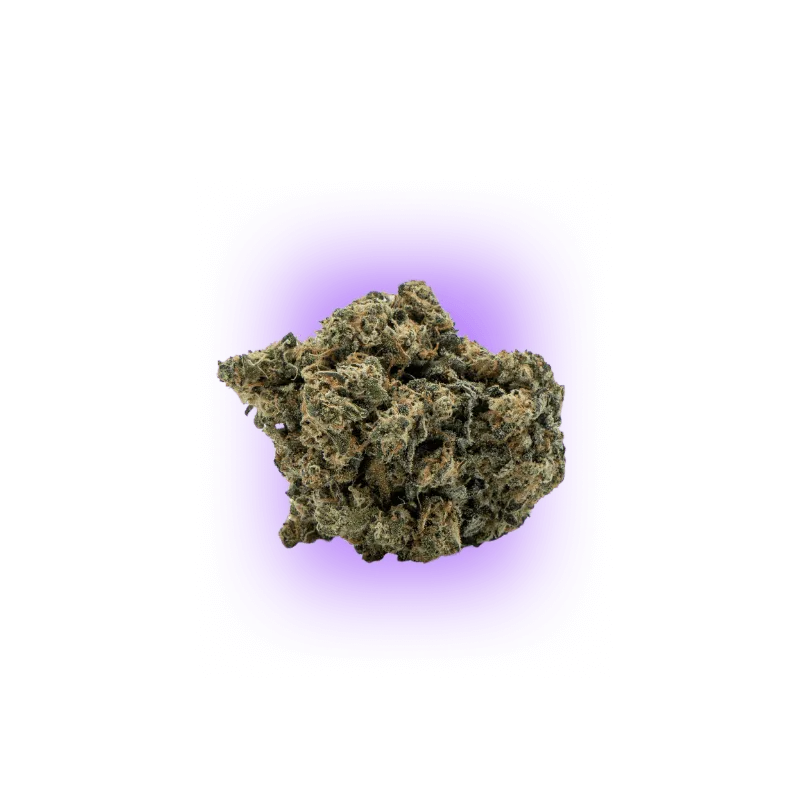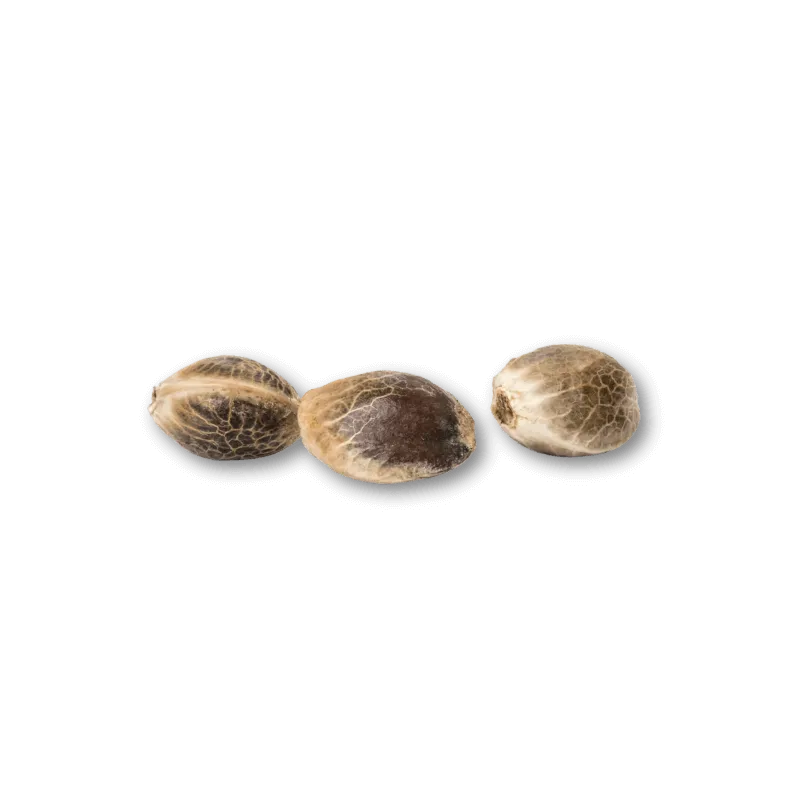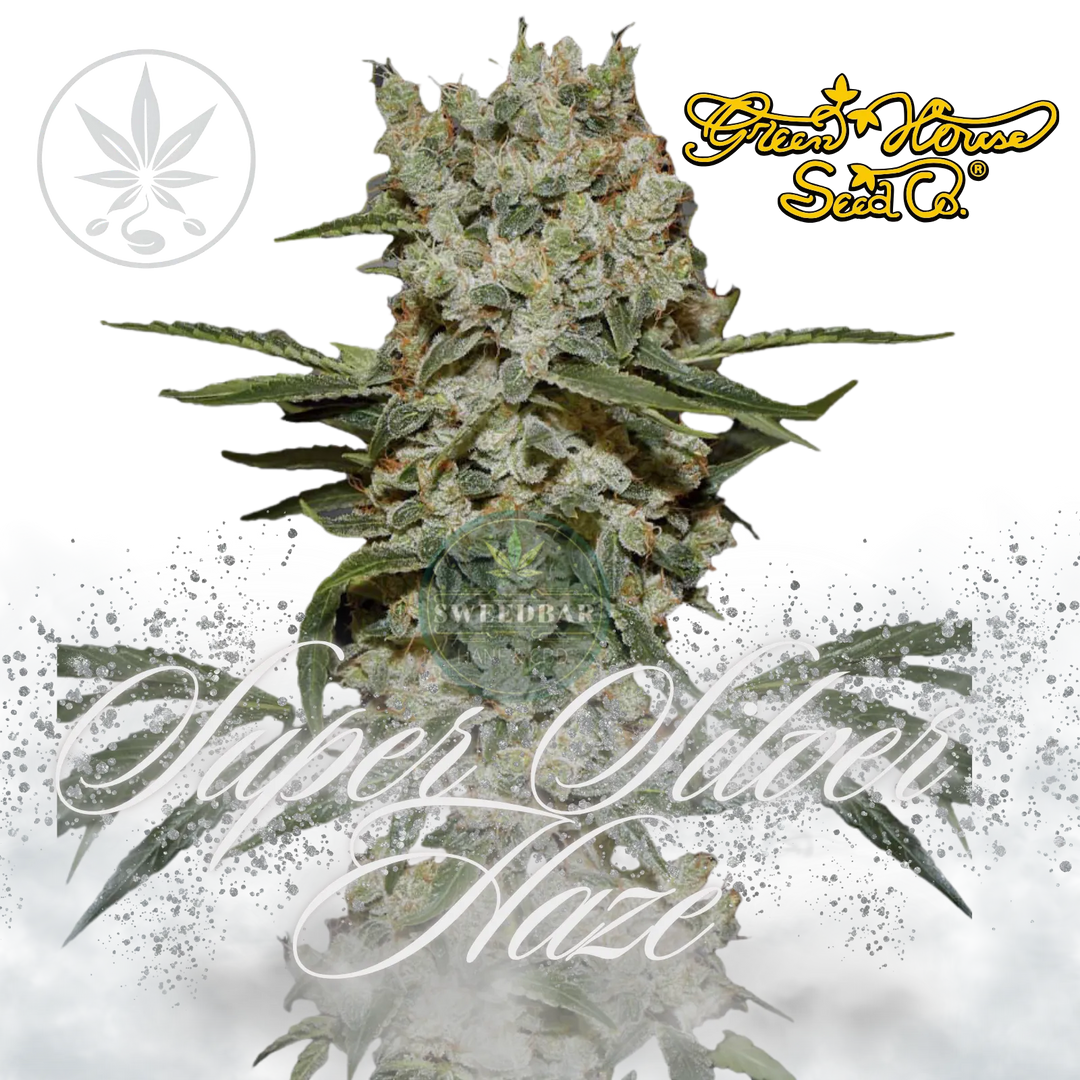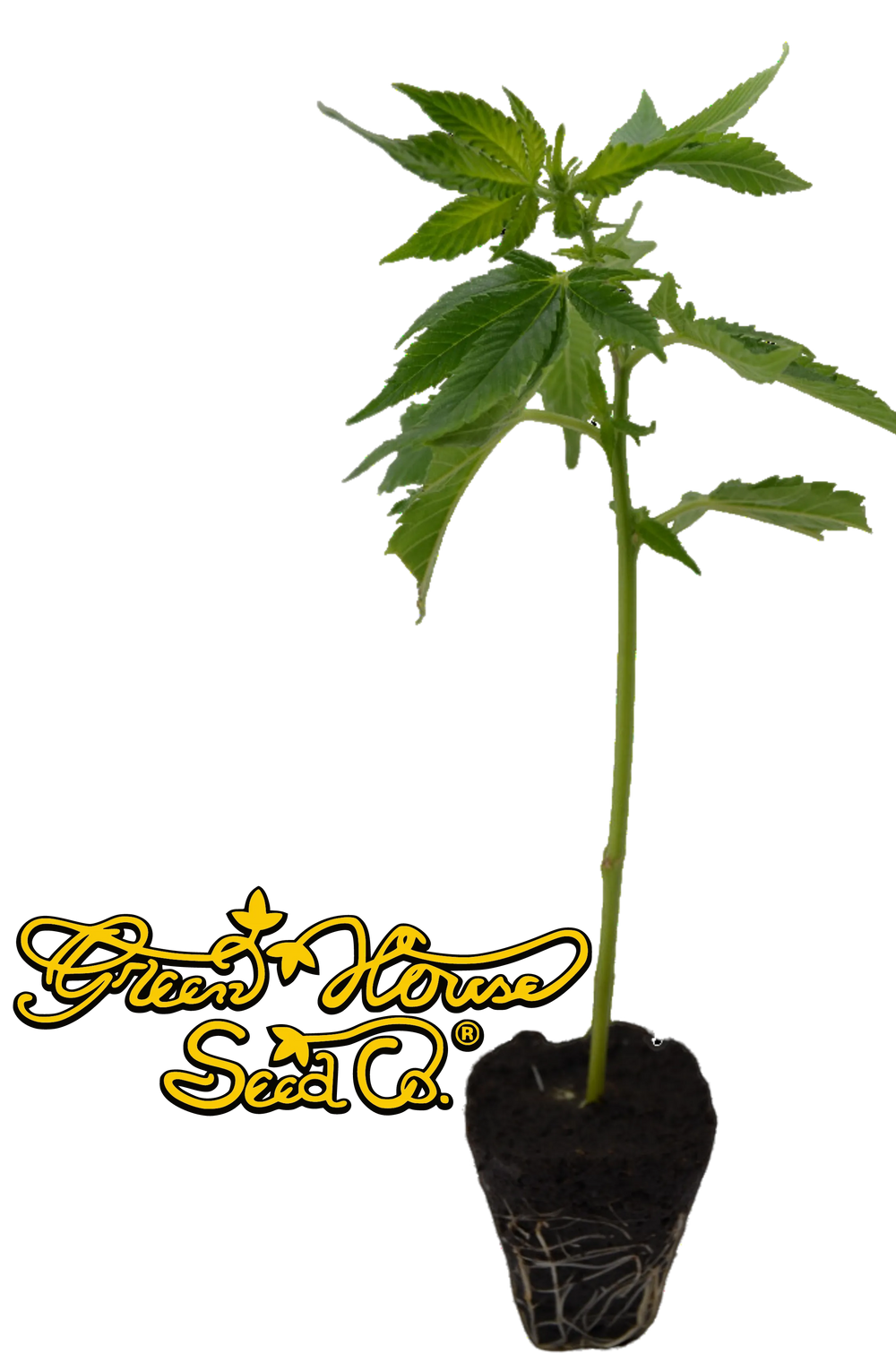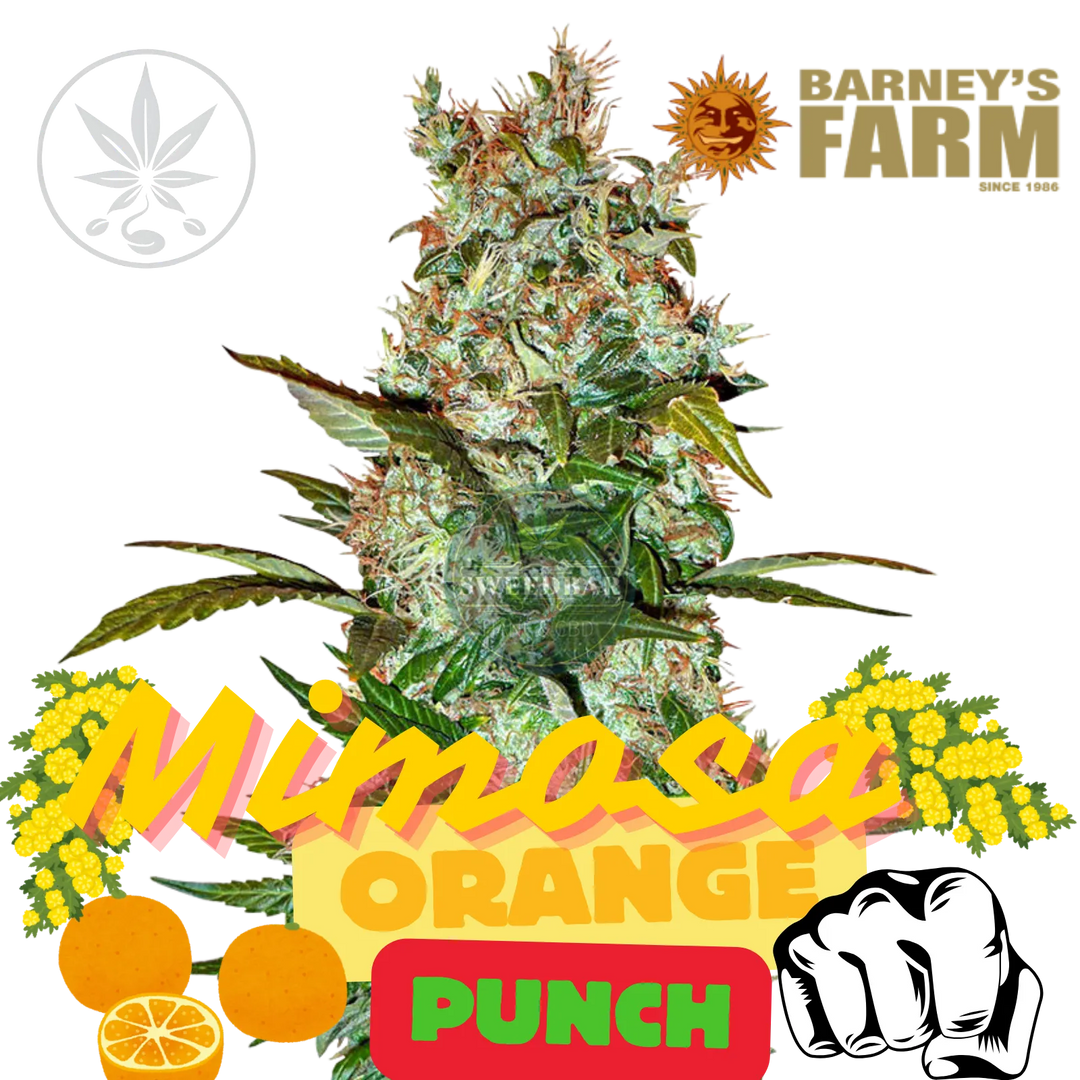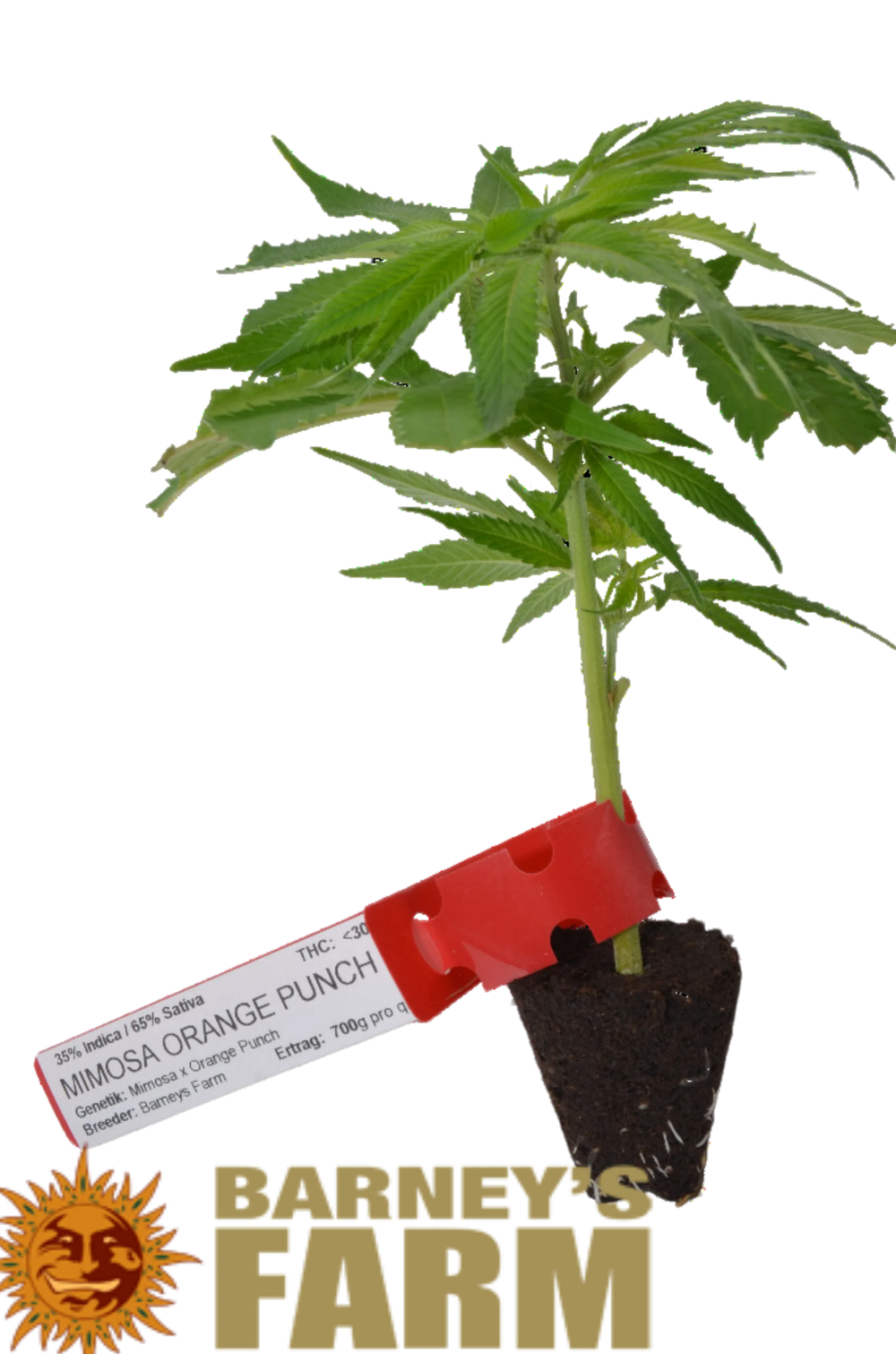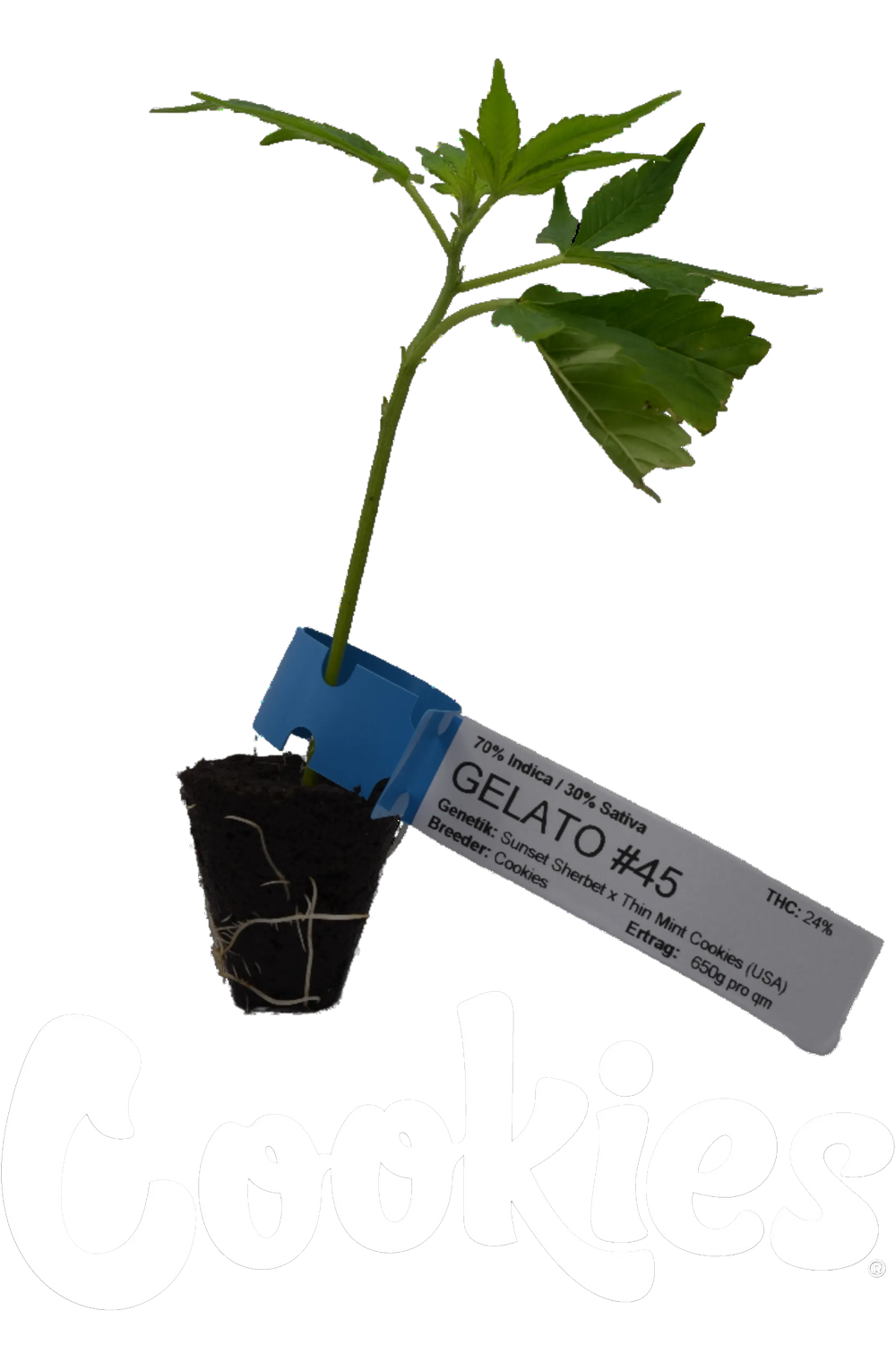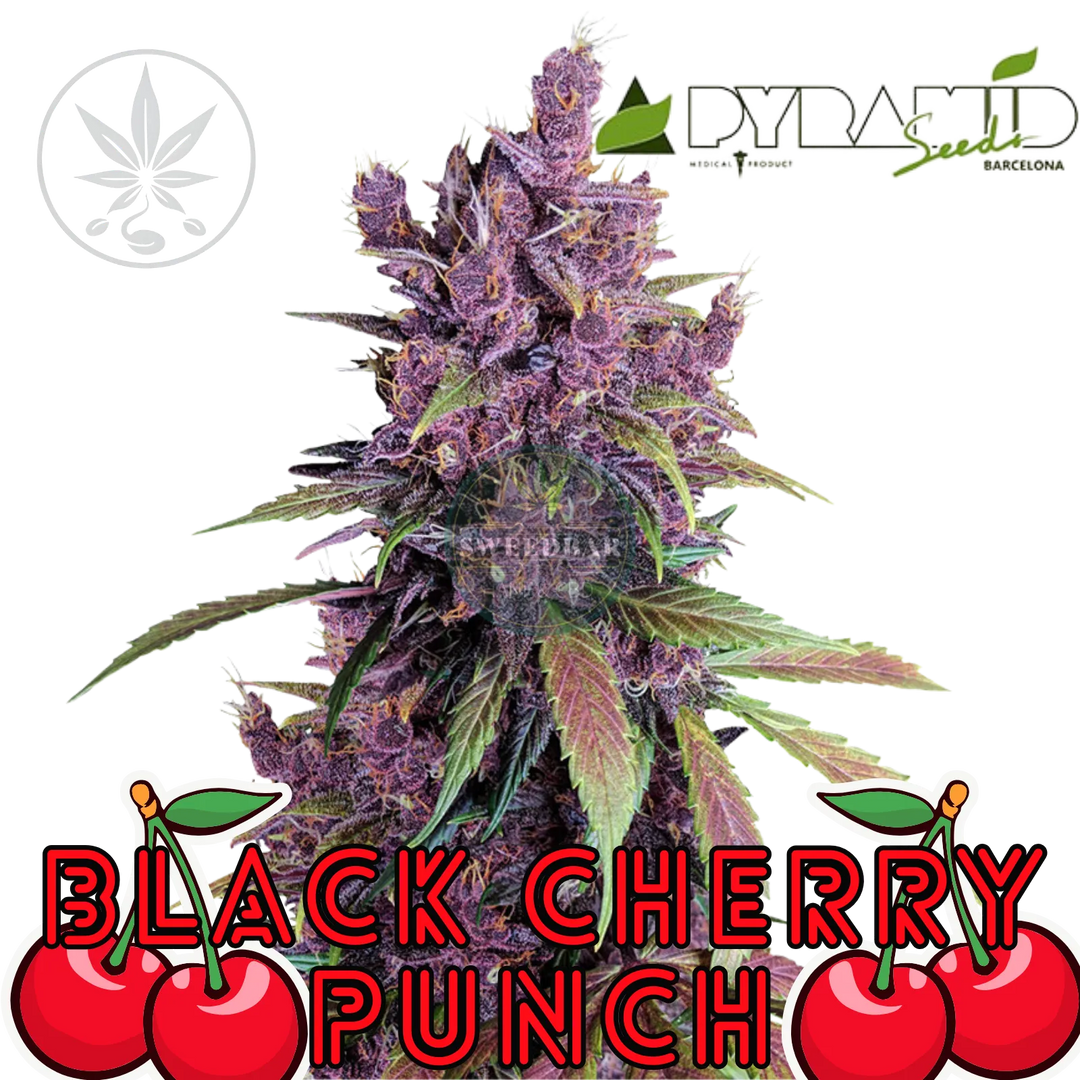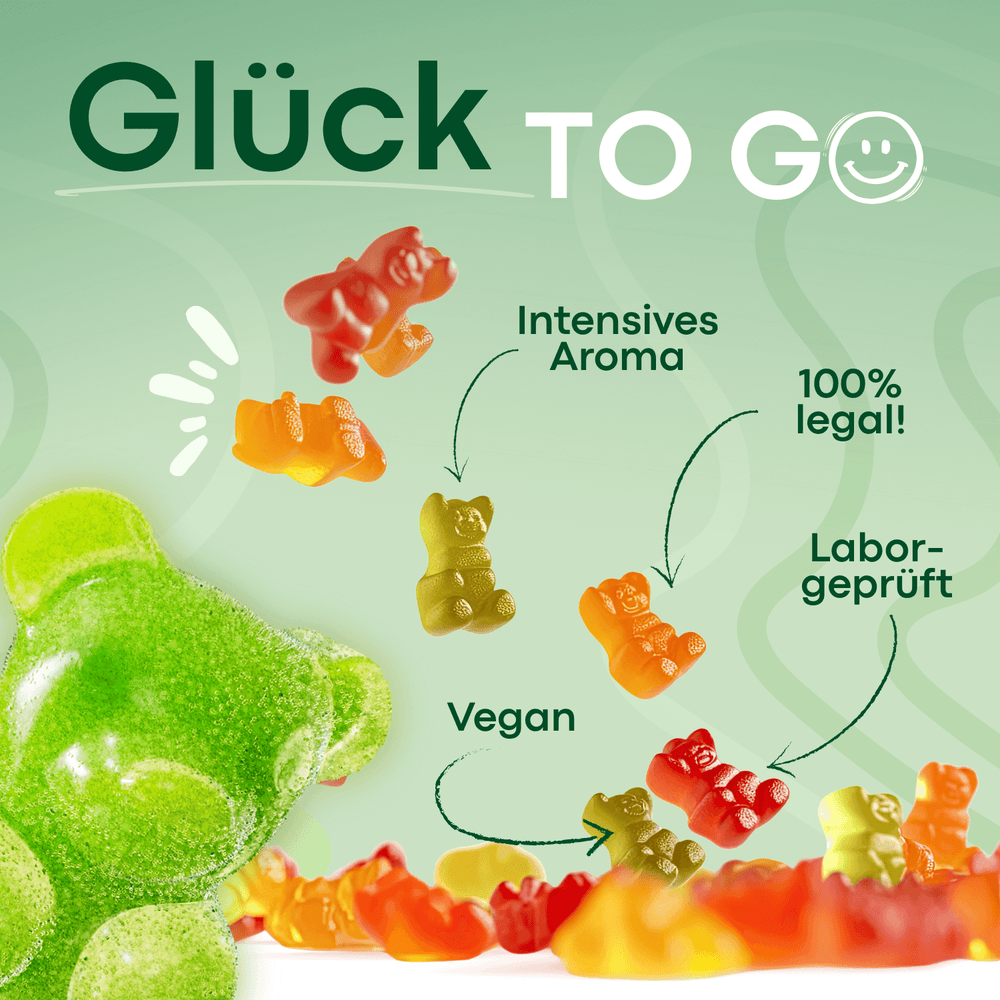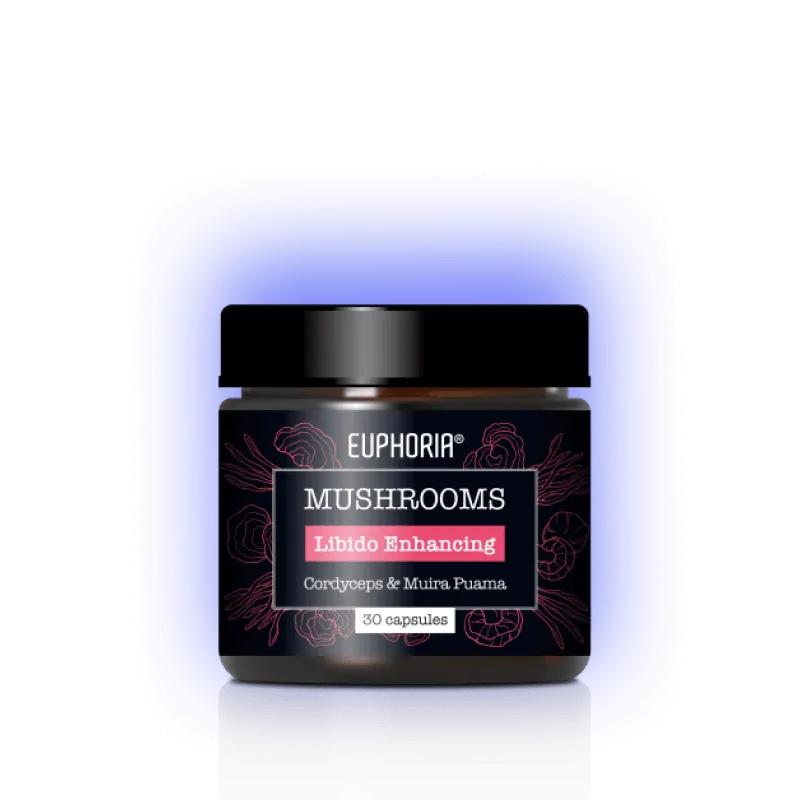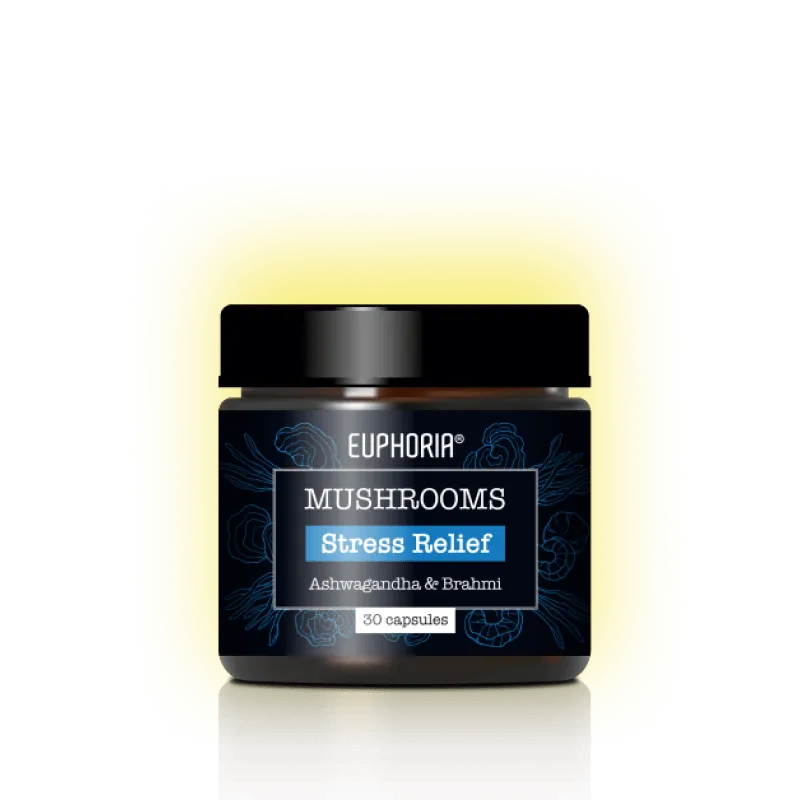The Liberty Cap (Psilocybe semilanceata) is one of the most well-known hallucinogenic mushrooms.
But beyond its effects, it is also fascinating from a botanical perspective. Learn how to identify it, where it grows, and what makes it so unique.
Recognizing a pointed bald head
The pointed conical Kahlkopf is a small but distinctive mushroom. Its most striking feature is its bell-shaped cap, which resembles a small pointed hat. The color varies depending on moisture, ranging from light brown to olive, and when it rains, the surface appears slightly slimy. Beneath the cap are closely spaced, dark brown gills that become even darker as the mushroom ages.
The stem is also an important identifying feature: it is thin, whitish, and often appears slightly curved. If damaged, it may show bluish discoloration—a typical sign of psilocybin-containing mushrooms.
These tips will help you reliably identify the pointed conical Kahlkopf:
- Look for the distinctive, sharply pointed cap.
- Check the color of the gills—they should be dark brown.
- Examine the stem closely—thin, fibrous, and flexible.
Caution: Some poisonous mushrooms, such as the conical fiber cap, look similar.
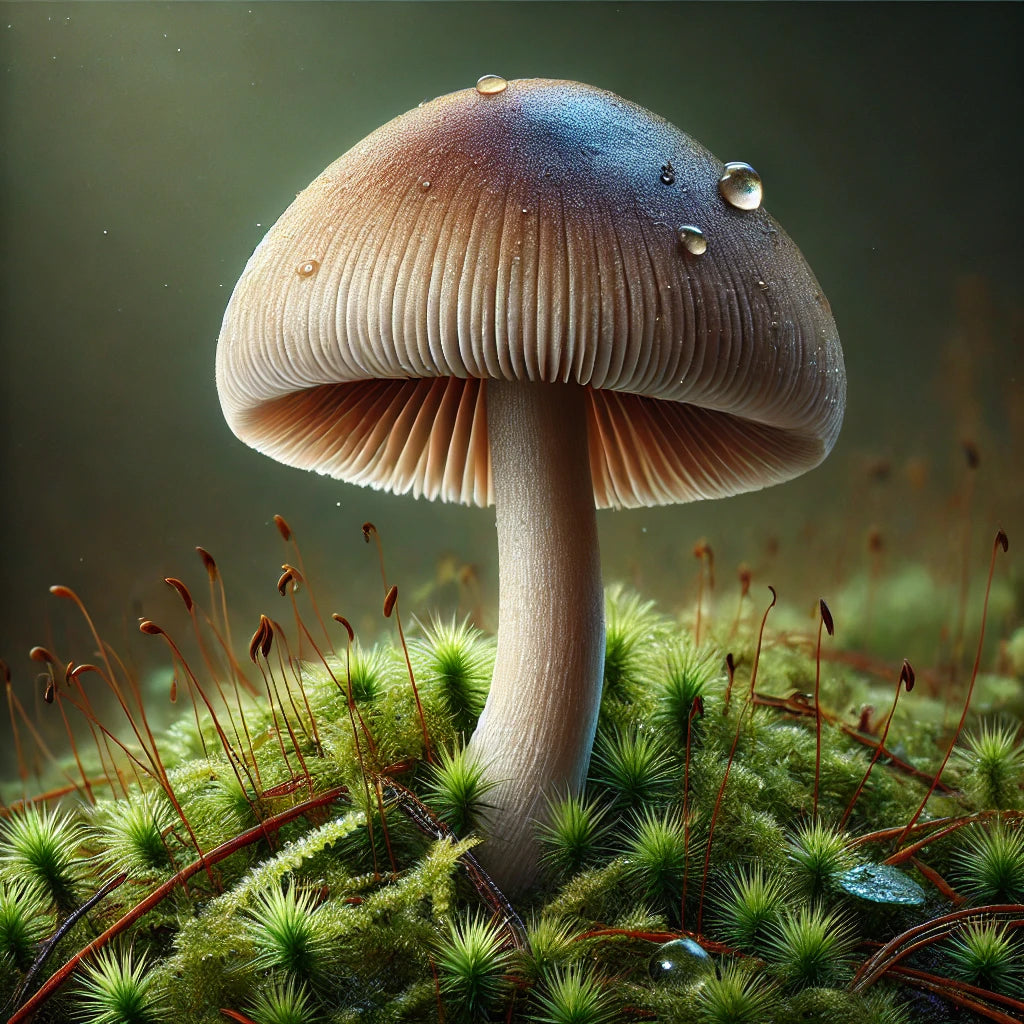
Spitzkegeliger Kahlkopf effects – What happens after consumption?
The pointed conical cap mushroom is primarily known for its hallucinogenic effects. This is due to the active ingredient psilocybin, which is converted into psilocin in the body. After ingestion, perception changes: colors appear more vivid, sounds seem deeper, and thoughts flow more freely. Many people report a feeling of deep connection with nature or intense emotional experiences.
However, the effects are not always pleasant. Some experience unpleasant effects such as:
- Nausea and stomach discomfort, especially when consumed raw
- Feelings of anxiety or panic, if the environment is unsuitable
- Confusion and disorientation, particularly at high doses
The effects usually begin after 30 to 60 minutes and last four to six hours. It is important to be aware of the risks, as psilocybin can have a strong impact on the psyche.
Liberty Cap in the garden – Can it grow there?
Many people wonder whether the pointed conical Kahlkopf can also grow in their own garden. In fact, this is possible, but rather rare. The mushroom prefers nutrient-poor, moist meadows and is mainly found on pastures where animals fertilize the soil. In gardens, it is usually only found where similar conditions exist:
- Untended, natural lawn areas
- Moist, shady corners, such as under shrubs
- Compost heaps or mossy areas that remain permanently damp
If you find it in your garden, make sure to get detailed information, as there is a high risk of confusing it with other species.
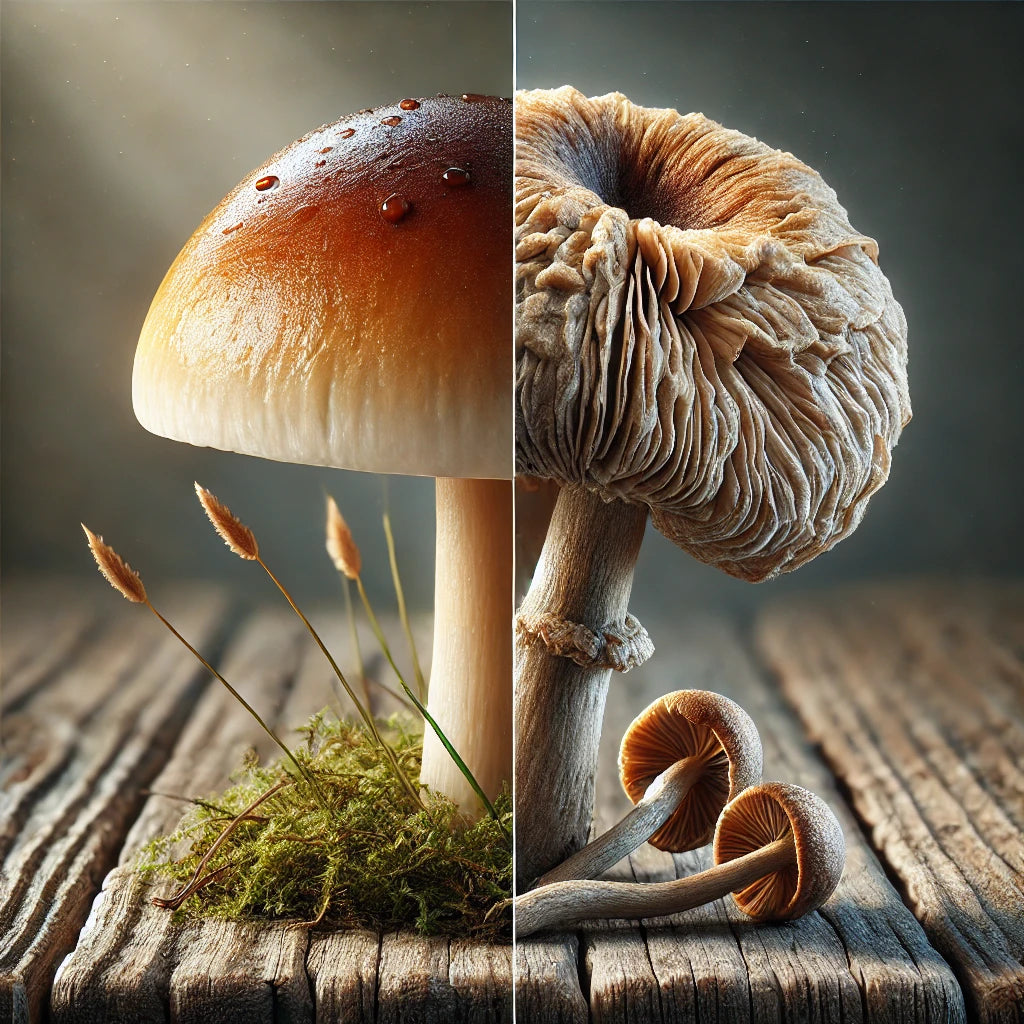
Conical bald head pictures
Images are essential for identifying the pointed conical Kahlkopf. Photos often reveal typical features such as the pointed, bell-shaped cap, the dark gills, and the flexible, thin stem. The condition of the mushroom is also important: when dry, it appears lighter and shriveled, while moisture makes it look shiny and more vibrant.
Comparing images with similar mushrooms is especially helpful. Make sure the photos show different growth stages—from the young mushroom with a closed cap to the mature one with an open cap. This helps prevent dangerous mix-ups.
Finding Liberty Cap – Here’s where it especially likes to grow
If you want to find the pointed cap Liberty Cap, you should look in autumn after rainfall on damp meadows and pastures. Pastures where cows or sheep graze are especially good spots, as the mushroom prefers nutrient-poor soils that are lightly fertilized by animal dung.
Here are some tips for your search:
- Best time: September to November, especially after wet weather
- Typical locations: Pastures, park meadows, and natural lawns
- Climate: Cool and damp, often in foggy areas or morning dew
Important: Respect nature and don’t carelessly trample mushrooms—many species are protected.
Liberty Cap dried – differences and effects
When dried, the pointed conical Kahlkopf looks completely different: the cap becomes wrinkled and lighter, and the stem thin and brittle. However, the effects remain, and may even be stronger. Drying causes the mushroom to lose water, which increases the concentration of active compounds.
Key differences compared to the fresh mushroom:
- Shelf life: When stored airtight and in the dark, dried mushrooms last up to one year
- Potency: Significantly more potent due to higher concentration of active compounds
- Dosage: Use caution—dried mushrooms have a stronger effect
Identifying a Conical Puffball
Identifying the pointed cone cap mushroom is not always easy, as it has some poisonous lookalikes. That’s why it’s important to take your time and examine it carefully. Here are some helpful methods:
- Compare with pictures from reliable mushroom guides or apps
- Make a spore print: The pointed cone cap mushroom has dark violet spores
- Pay attention to the smell: Subtly earthy, never sharp or unpleasant
If you’re unsure, it’s always better not to try it!
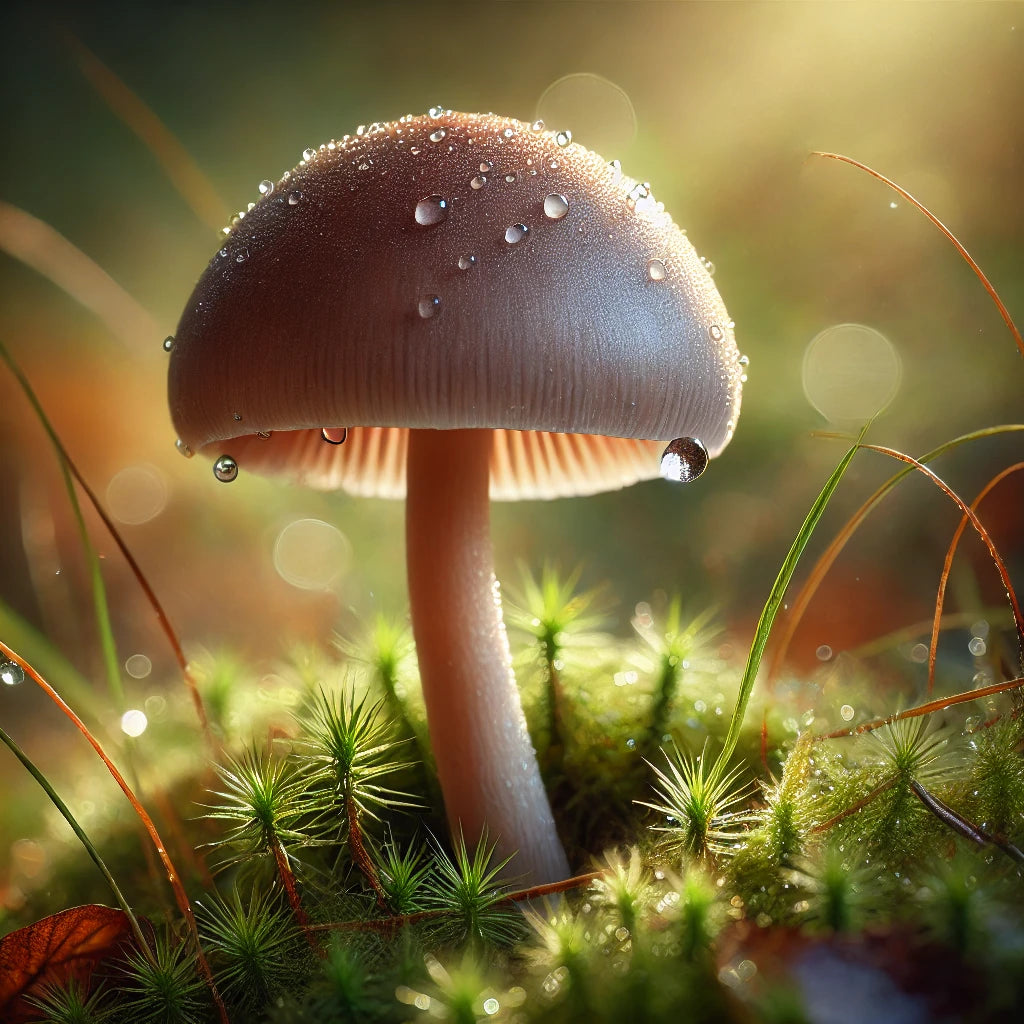
Liberty Cap Map Germany – Where is it widespread?
The pointed conical Kahlkopf is mainly found in Germany in moist, grassy regions. Areas with extensive pastures and natural grasslands are especially suitable. Here are some well-known regions:
- Northern Germany: Schleswig-Holstein, Lower Saxony, and coastal regions
- Central Uplands: Eifel, Harz, and Bavarian Forest
- Southern Germany: Alpine foothills and Allgäu
Many mushroom websites offer online maps that document locations where they have been found. However, be careful: collecting psilocybin-containing mushrooms is prohibited in Germany.
Liberty Cap confusion – These mushrooms look similar
The greatest danger when foraging is confusing edible mushrooms with poisonous lookalikes. The following species in particular look similar:
- Kegelhütiger Faserling: The most common lookalike, but poisonous – cap is usually lighter in color
- Düngerlinge: Similar shape, also grow in meadows, but non-toxic
- Nadelholzhäubling: Highly poisonous and life-threatening – however, it usually grows in forests
To avoid confusion, it helps to exchange information with experienced foragers or consult a mushroom expert.
Conical bald head dosage
The dosage of the pointed cap mushroom varies depending on whether it is fresh or dried, as well as your level of experience. Important to know: Possession and consumption are illegal in Germany. Nevertheless, here are some general guidelines:
- Microdosing: 0.1 to 0.3 g (mild mood enhancement)
- Light experience: 0.5 to 1 g (gentle perceptual changes)
- Strong experience: 2 to 3 g (intense, hallucinogenic effects)
Beginners should always start with a low dose and never use alone.
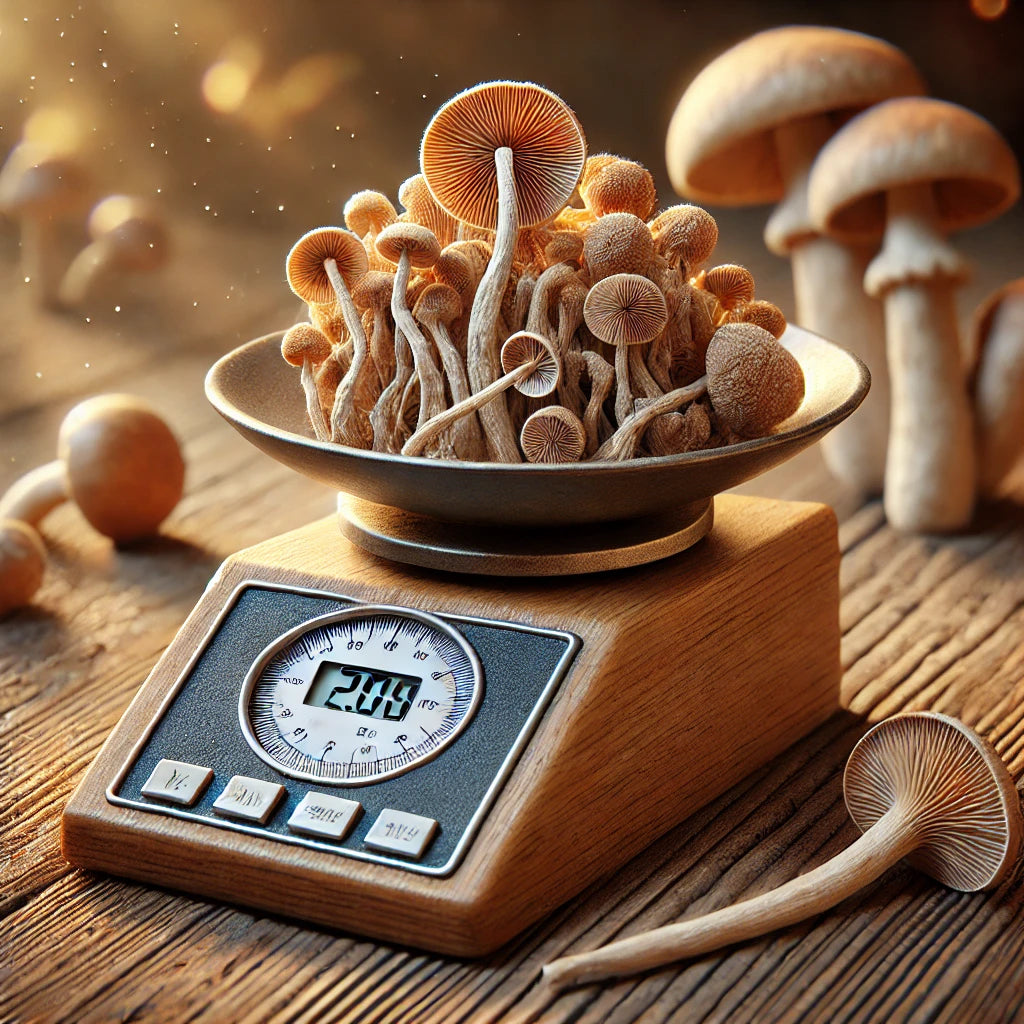
Pointed Cone Psilocybe Cultivation Kit – Is it legal?
Grow kits for the pointed cap mushroom are prohibited in Germany because cultivating psilocybin-containing mushrooms falls under the Narcotics Act. In other countries, such as the Netherlands, these kits are sometimes legally available. However, be careful: importing them into Germany is a criminal offense.
Exciting, but not without risk
The conical Kahlkopf is a fascinating mushroom—not just because of its effects, but also due to its unique appearance and habitat. However, anyone interested in it should always exercise caution. There is a high risk of confusion with other species, and the legal regulations in Germany are strict. Nevertheless, it remains an intriguing subject for anyone interested in mushrooms, nature, and mycology.


